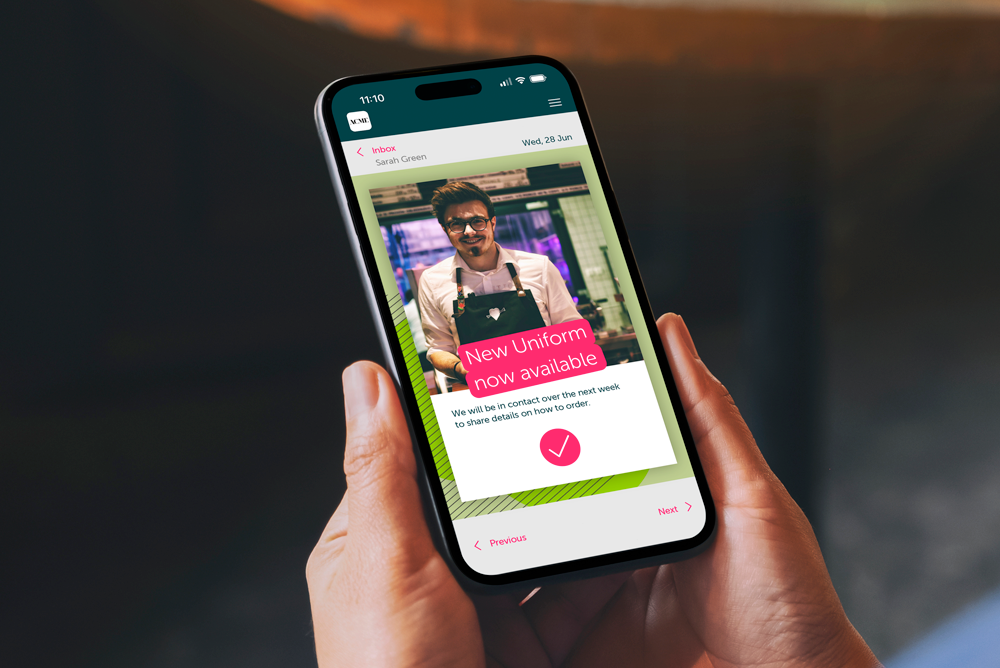
Understanding Digital Communication Tools
In essence, an internal communication tool refers to software that facilitates collaboration and communication among employees or team members within an organization. Whether they are in the same office, store front or job site or if they are across the city, state or country, it eliminates the need for physical interaction in order to pass along valuable and helpful information and expectations. Digital employee communication tools enable individuals to work on their projects seamlessly by sharing information and finding solutions through the tool regarless of their proximity.
An internal communication tool not only serves as a means for team members to communicate with each other, but also ensures a consistent flow of information among employyees and managers or team leads, building team moral, collaboration and engagement. They not only enhance employee productivity but also enable companies to keep their workforce updated on all work-related matters, no matter how trivial. By facilitating open and dynamic channels of communication, these tools motivate employees to remain engaged and focused, even when working remotely.
These tools come in various forms and are designed to eliminate confusion and barriers to information sharing and knowledge exchange, enabling everyone to work seamlessly, regardless of their physical location.
Enhancing Management Communication through the Use of Digital Tools
With the rise of remote work and teams, digital communication tools have become increasingly important for managers to communicate with their teams effectively. Here are some ways digital communication tools can help managers communicate effectively:
1. Real-Time Communication
Communicating in real-time using digital communication tools allow managers to reduce delays in communication and allows for quicker decision-making. Tools such as instant messaging make it easy for managers to connect with team members, no matter where they are located. By enabling real-time communication, managers can provide feedback and guidance quickly, keeping the team on track and ensuring that everyone is on the same page.
2. Centralized Communication
Digital communication tools provide a centralized location for communication, making it easy for managers to keep track of conversations and messages. With tools like team messaging platforms, managers can see all team communication in one place, allowing them to stay up to date on team activities and progress. This centralised communication also makes it easier for managers to communicate with specific team members or groups, ensuring that messages are delivered to the right people.
3. Document Sharing
Using a digital communication platform can make it easy for managers to share documents with their teams, ensuring that everyone has access to the same information. Tools like cloud storage and document sharing platforms enable managers to share files quickly and easily, without the need for email attachments. This allows managers to provide feedback on documents and collaborate with team members in real-time.
4. Mobile First
Digital communication tools are often mobile-friendly, allowing managers to communicate with their teams on the go. Mobile apps and responsive design make it easy for managers to access team communication from their smartphones or tablets, enabling them to stay connected with their teams even when they are not at their desks. As teams and workplaces are evolving staying connected, even as a deskless worker, is necessary and beneficial.
5. Analytics and Reporting
Providing analytics and reporting allow managers to track engagement and measure the effectiveness of their communication. By tracking metrics such as message open rates and response times, managers can ensure that their messages are being seen and acted upon by their teams. If engagement metrics are not favorable this may indicate that messages and alerts going out can be optimized and more targeted to provide value to the receiving individual.
In conclusion, digital communication tools are essential for effective communication in modern management. These tools enable real-time communication, centralised communication, document sharing, mobile communication, and analytics and reporting, allowing managers to communicate effectively with their teams no matter where they are located. By leveraging these tools, managers can ensure that their teams are aligned, productive, and working towards the same goals.










